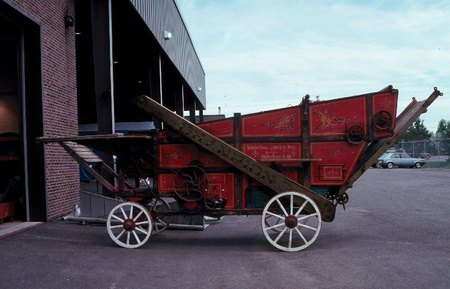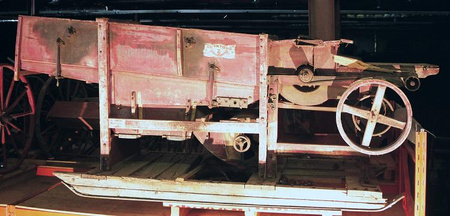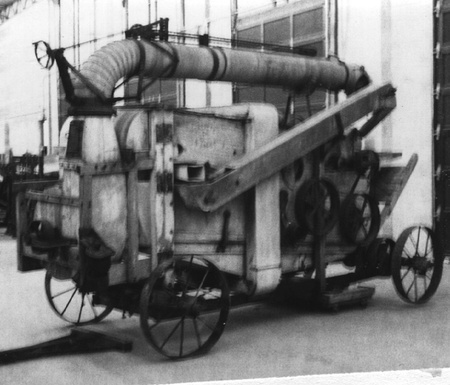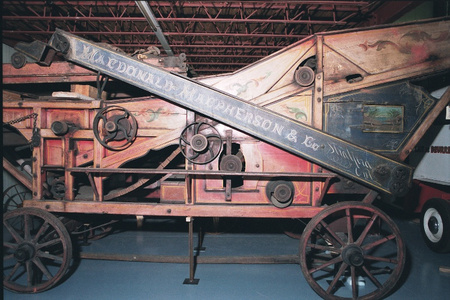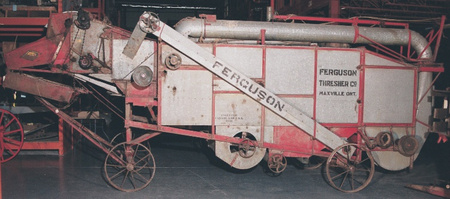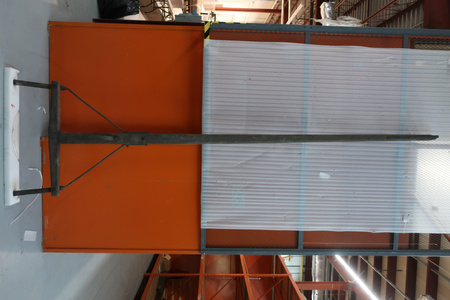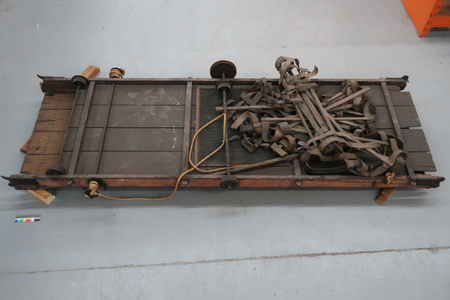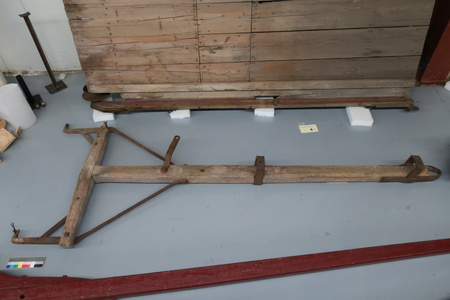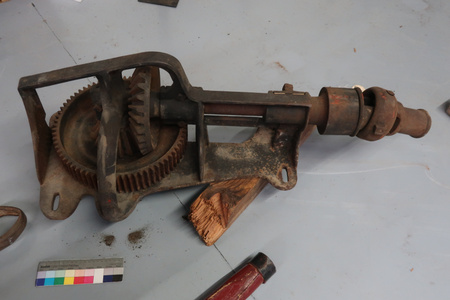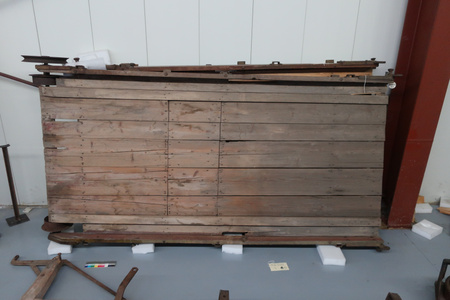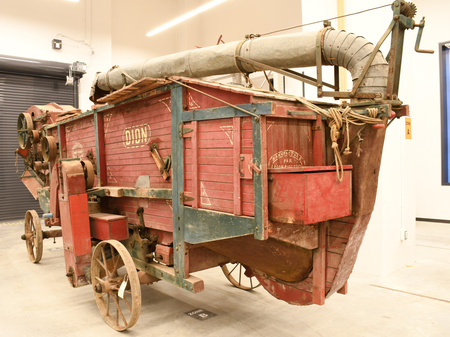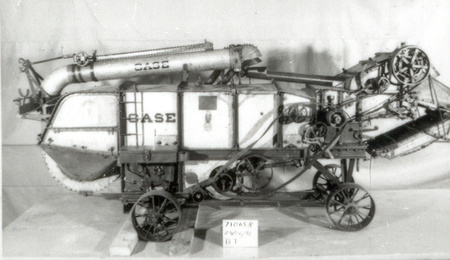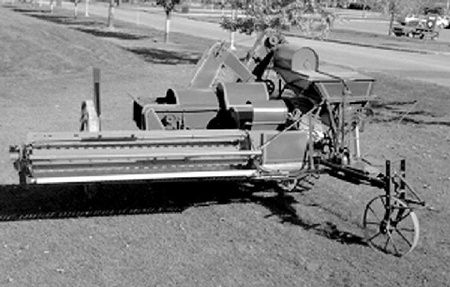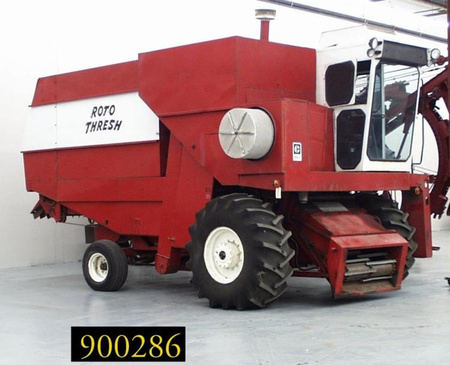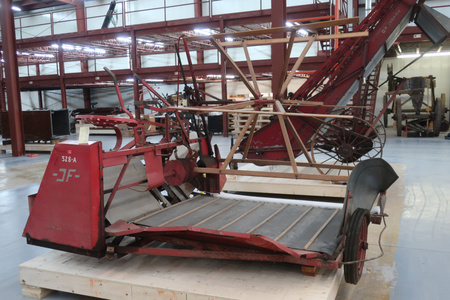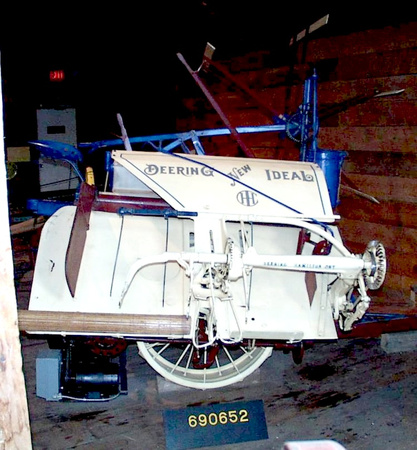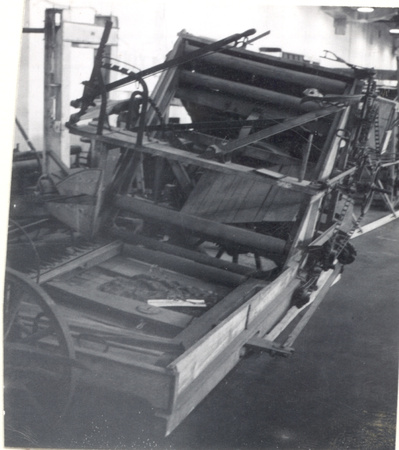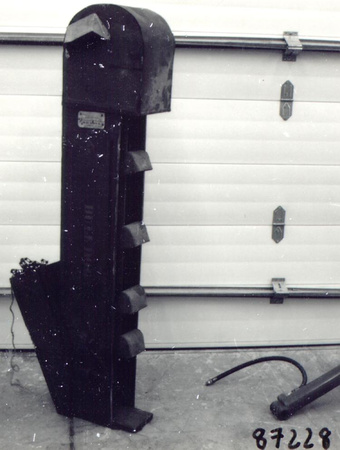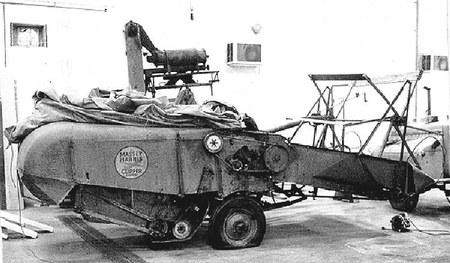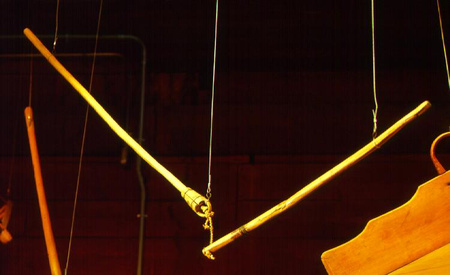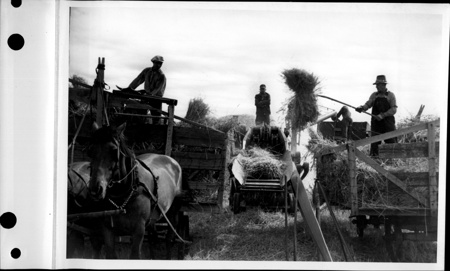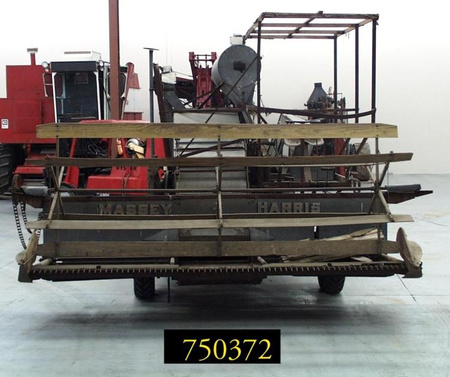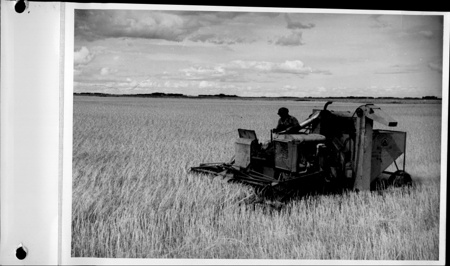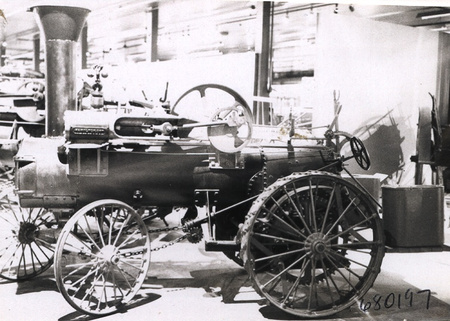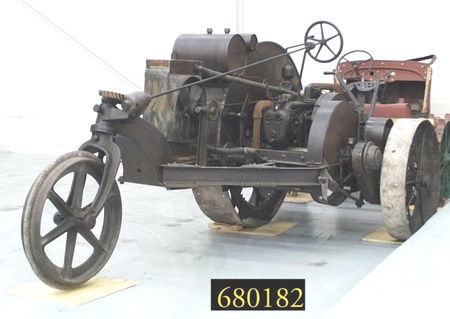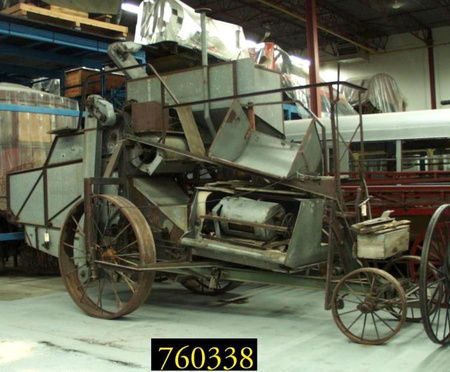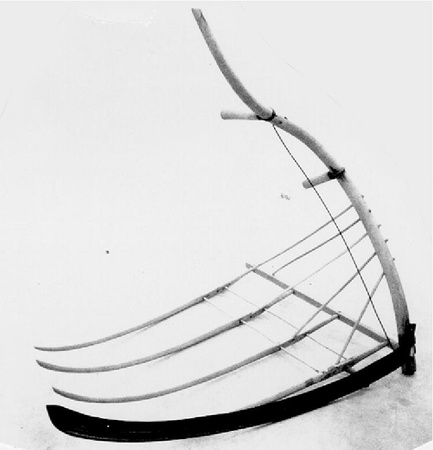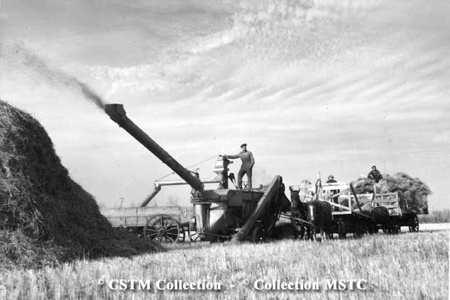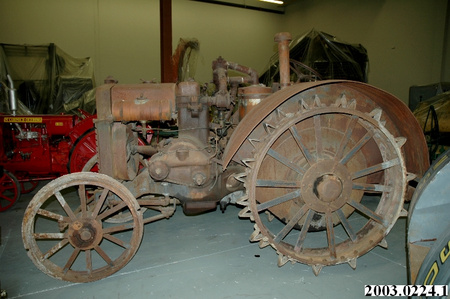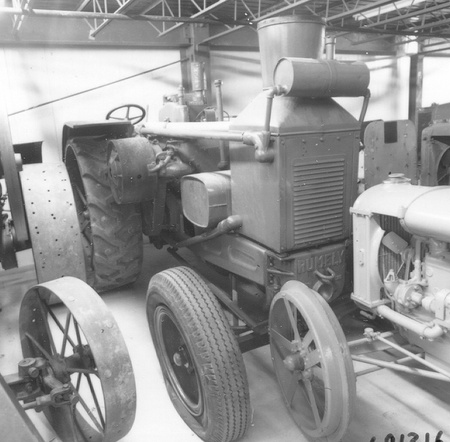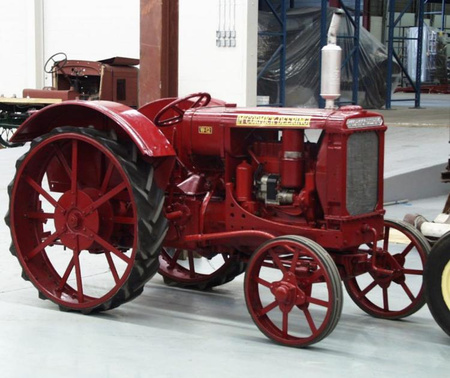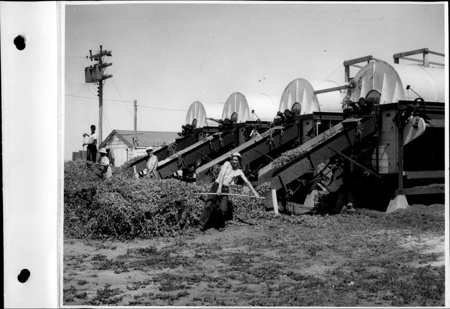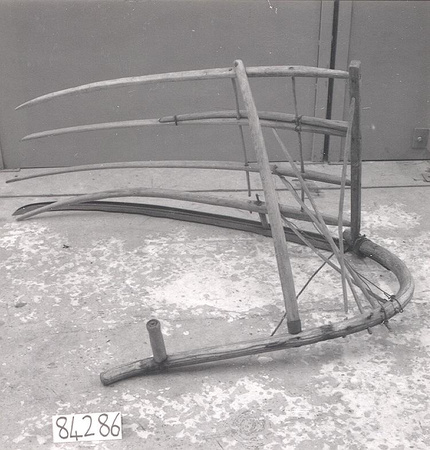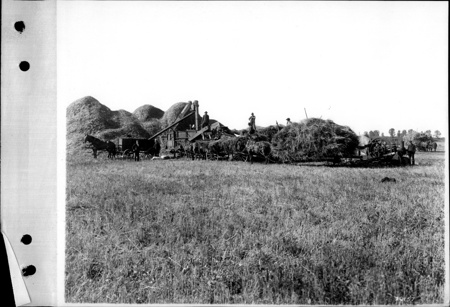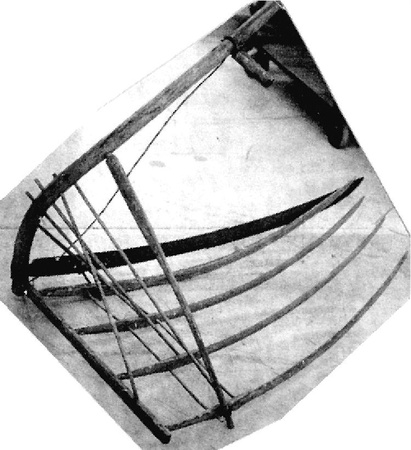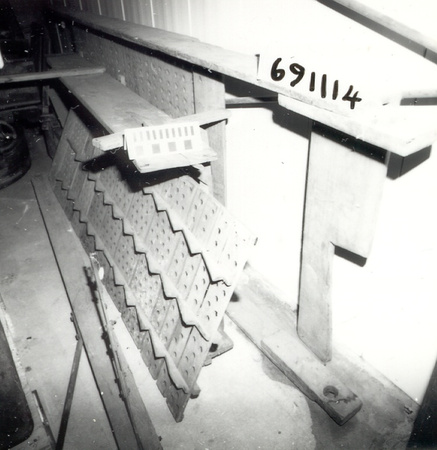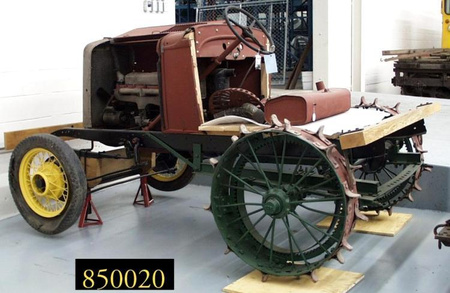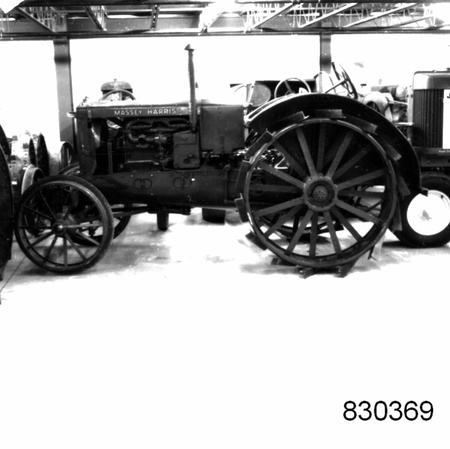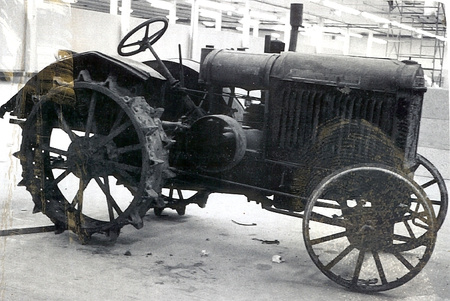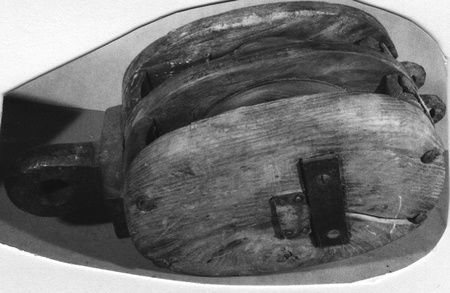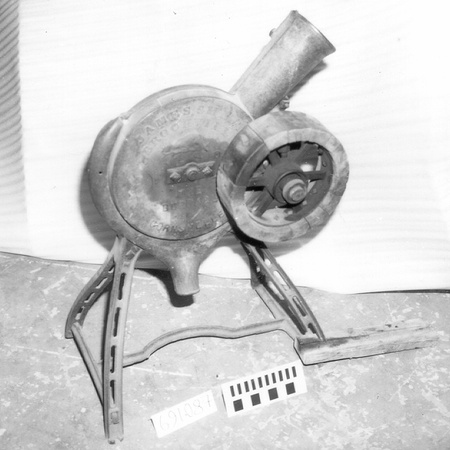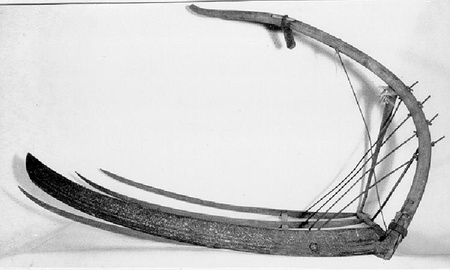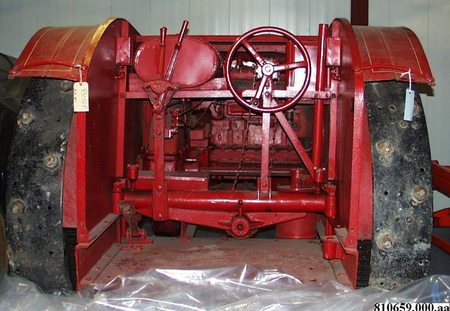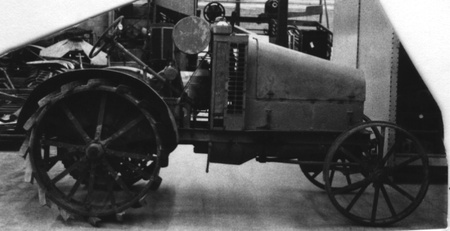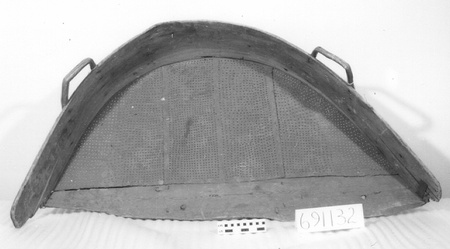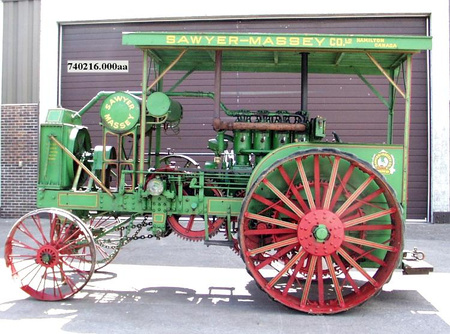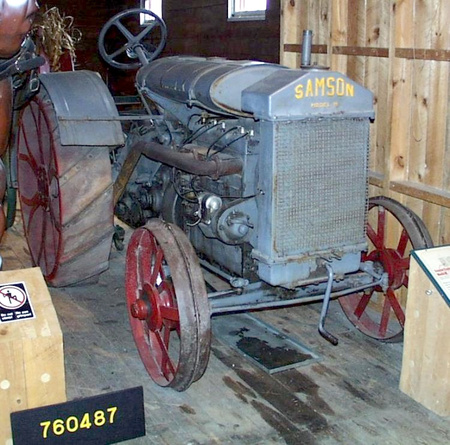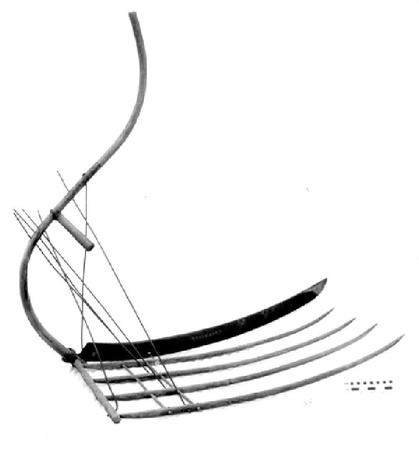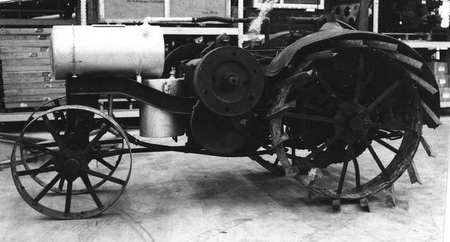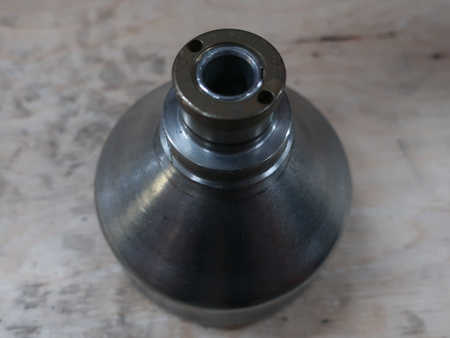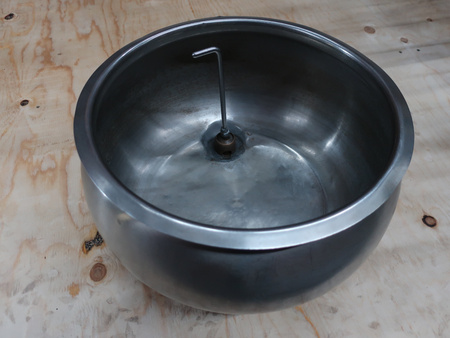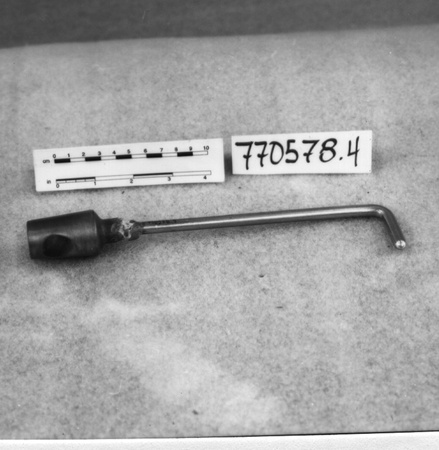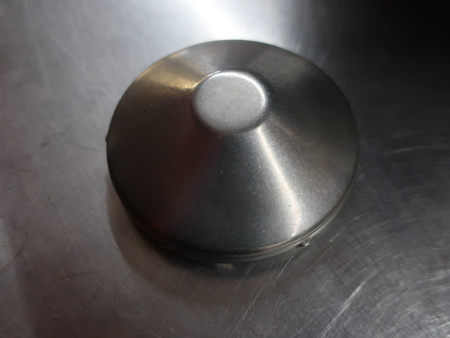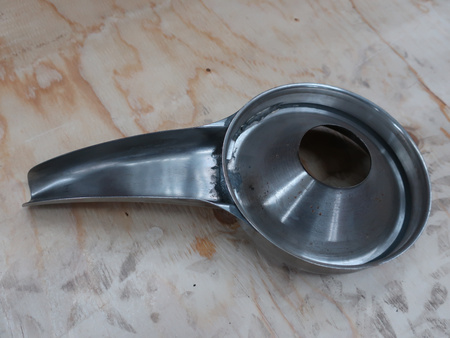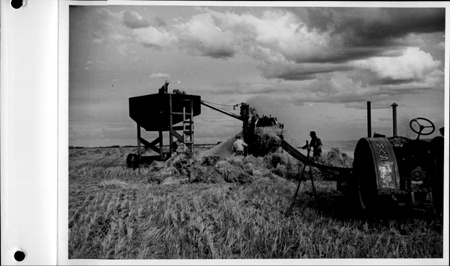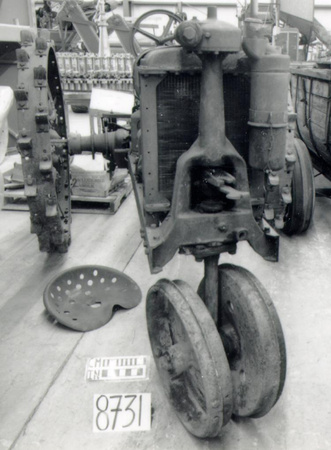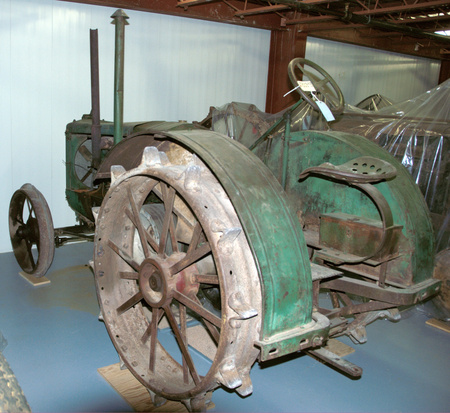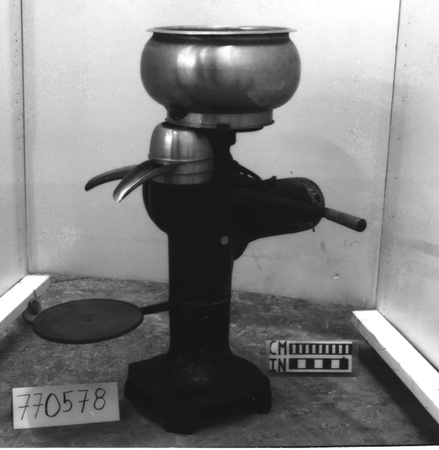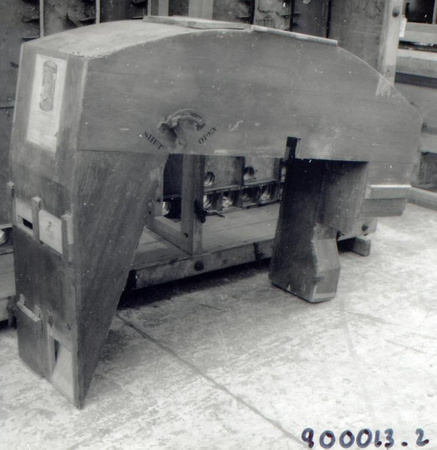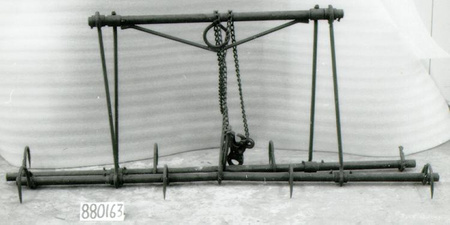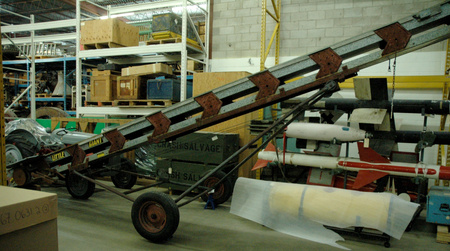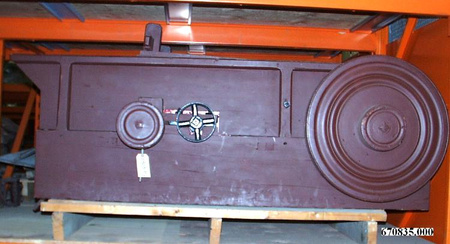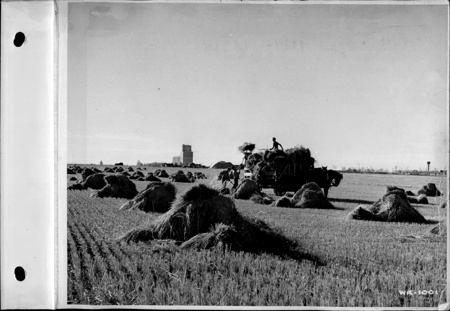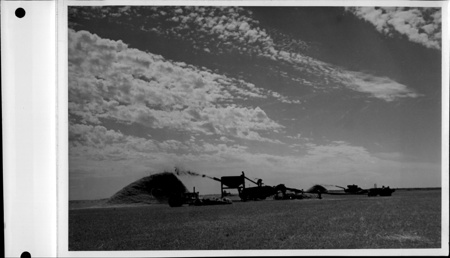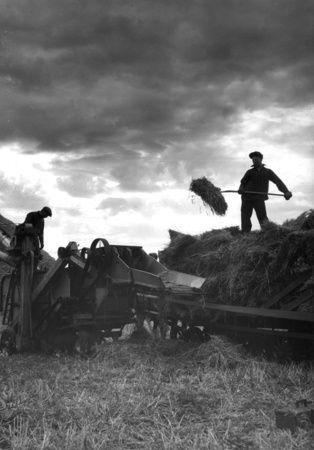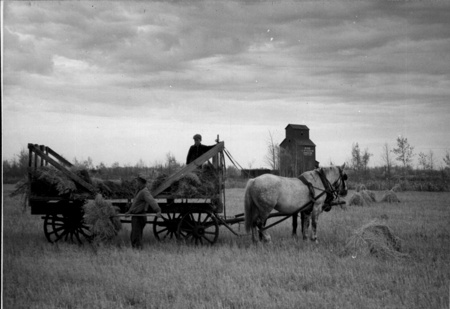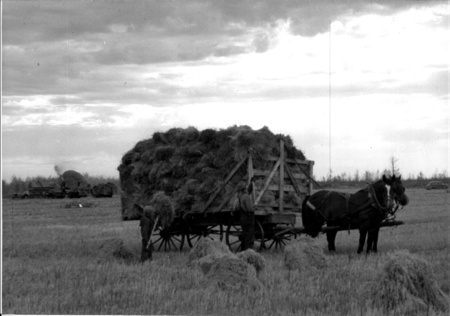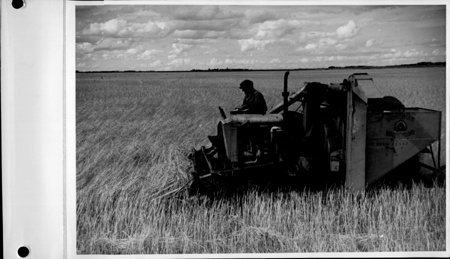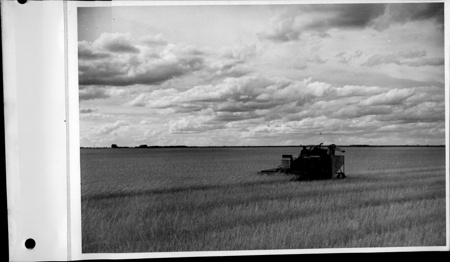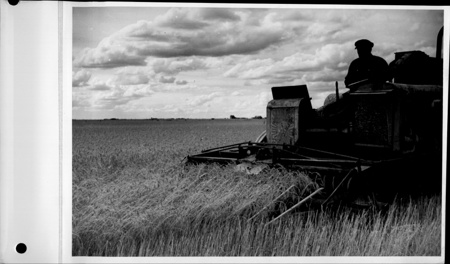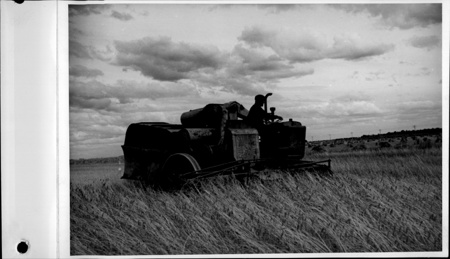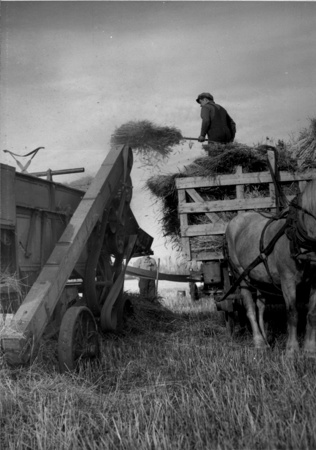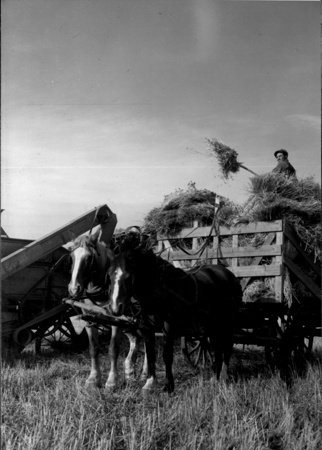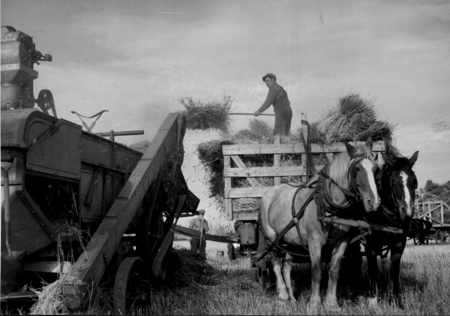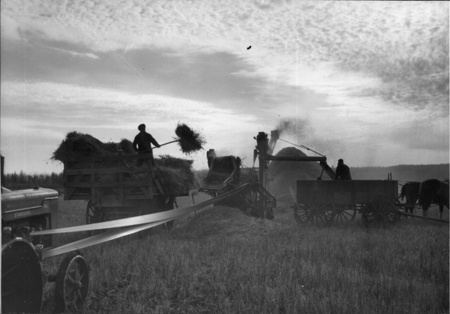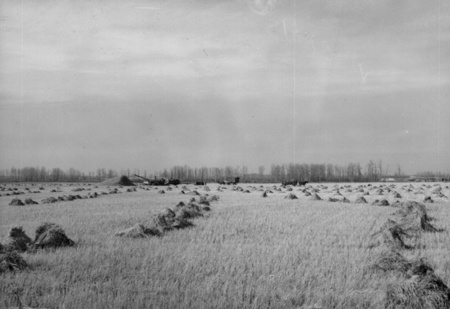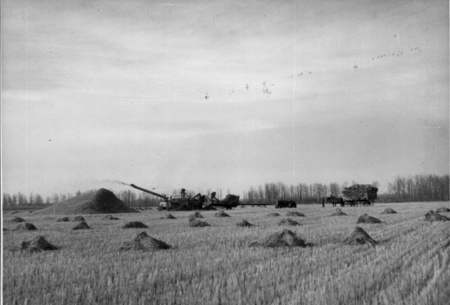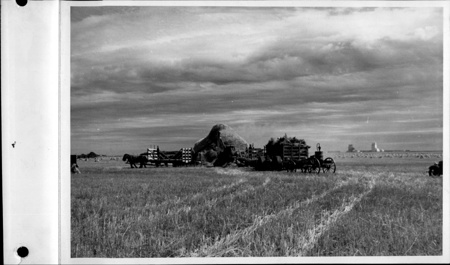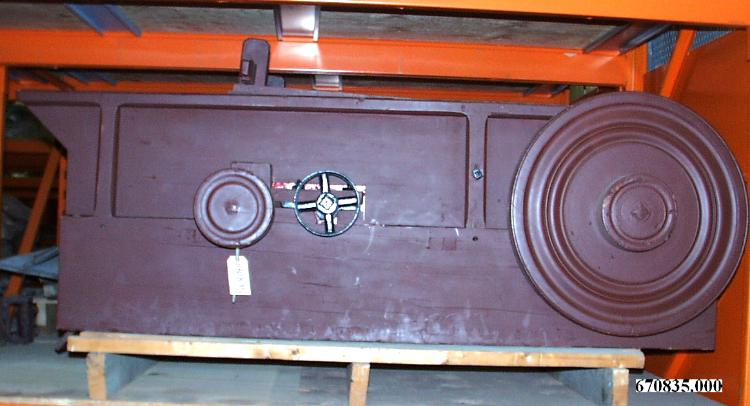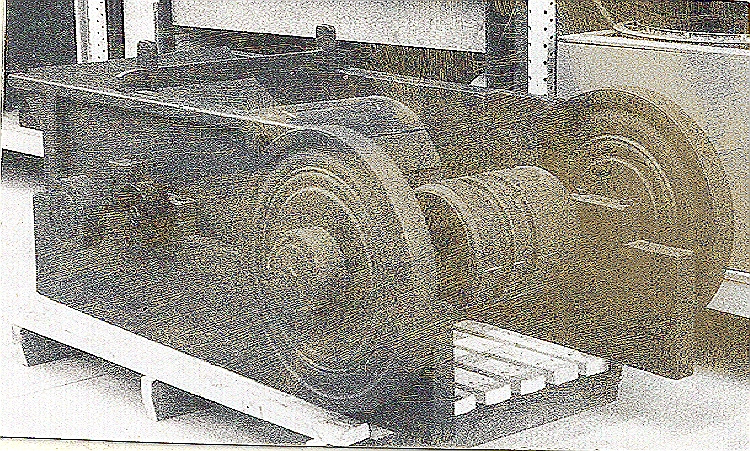Thresher
Use this image
Can I reuse this image without permission? Yes
Object images on the Ingenium Collection’s portal have the following Creative Commons license:
Copyright Ingenium / CC BY-NC-ND (Attribution-NonCommercial 4.0 International (CC BY-NC 4.0)
ATTRIBUTE THIS IMAGE
Ingenium,
1967.0835.001
Permalink:
Ingenium is releasing this image under the Creative Commons licensing framework, and encourages downloading and reuse for non-commercial purposes. Please acknowledge Ingenium and cite the artifact number.
DOWNLOAD IMAGEPURCHASE THIS IMAGE
This image is free for non-commercial use.
For commercial use, please consult our Reproduction Fees and contact us to purchase the image.
- OBJECT TYPE
- BULL/WOOD/HAND FEED
- DATE
- 1840–1850
- ARTIFACT NUMBER
- 1967.0835.001
- MANUFACTURER
- Unknown
- MODEL
- RUB BARS
- LOCATION
- Unknown
More Information
General Information
- Serial #
- N/A
- Part Number
- 1
- Total Parts
- 1
- AKA
- N/A
- Patents
- N/A
- General Description
- WOODEN (OAK?) FRAME/ METAL FLYWHEELS, AXLES, NUTS & BOLTS
Dimensions
Note: These reflect the general size for storage and are not necessarily representative of the object's true dimensions.
- Length
- 200.0 cm
- Width
- 120.0 cm
- Height
- 80.0 cm
- Thickness
- N/A
- Weight
- N/A
- Diameter
- N/A
- Volume
- N/A
Lexicon
- Group
- Agriculture
- Category
- Crop handling
- Sub-Category
- N/A
Manufacturer
- AKA
- Unknown
- Country
- Unknown
- State/Province
- Unknown
- City
- Unknown
Context
- Country
- Canada
- State/Province
- Quebec
- Period
- 1830-1840S/Info. from original catalogue record.
- Canada
-
This thresher is one of the earliest threshers in collection and was probably used in Quebec. - Function
-
Threshers separate or "thresh" grain from the head. They also separate grain kernels from the straw and chaff, cleaning the grain. Threshers were first developed in Europe in the late 18th century and mechanized the separation of grain, which was previously done by hand with tools such as flails. The first threshing machines were stationary: powered by hand or treadmill, they increased the amount of grain a farmer could separate in a day. Wheeled threshing machines began to replace stationary threshers in the 1860s and further mechanized grain harvesting. Threshers were initially built of wood and powered by horse-powered windlasses; they were later built of steel and powered by steam traction engines and gas tractors. Threshers were in turn replaced through the twentieth century by combine harvesters, which merged harvesting and threshing operations in one machine. - Technical
-
"Bull" or "ground hog" threshers were so-called because they were secured to the ground and generated a lot of noise and vibration during operation. First developed in the late 18th century, ground threshers mechanized the separation of grain, which was previously done by hand with tools such as flails. They were powered by hand or by horse power, and were in use in Canada by the 1840s. These types of thresher had grain-separating cylinders that usually measured less than twenty-four inches in diameter. Unbound sheaves were fed headfirst into the machine by hand; the spinning cylinder caught the sheaves and threshed them between the teeth of the cylinder and the concave. Separated grain then had to be manually cleaned with a winnowing basket or fanning mill. This type of machine could process 70 bushels of grain per day — a tenfold increase over the daily output of a single labourer using a flail. - Area Notes
-
Unknown
Details
- Markings
- None apparent
- Missing
- STRAW SHAKER MISSING (FROM ORIGINAL CAT RECORD) From CA of 07/23/1997 by Sue Warren: Undetermined
- Finish
- THIS ARTIFACT HAS BEEN REFINISHED IN BROWN PAINT/ ALL METAL PARTS PAINTED BLACK EXCEPT FOR 2 YELLOW PAINTED RIBBED ROLLERS INSIDE
- Decoration
- N/A
CITE THIS OBJECT
If you choose to share our information about this collection object, please cite:
Unknown Manufacturer, Thresher, between 1840–1850, Artifact no. 1967.0835, Ingenium – Canada’s Museums of Science and Innovation, http://collection.ingenium.ca/en/id/1967.0835.001/
FEEDBACK
Submit a question or comment about this artifact.
More Like This
